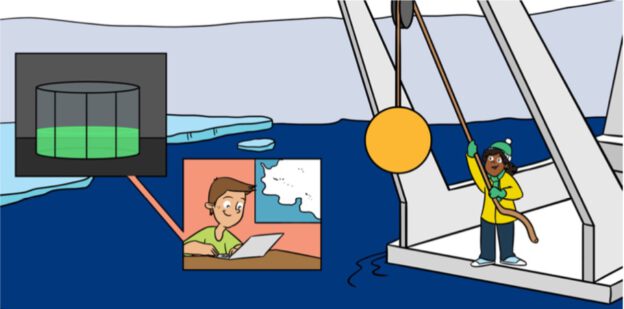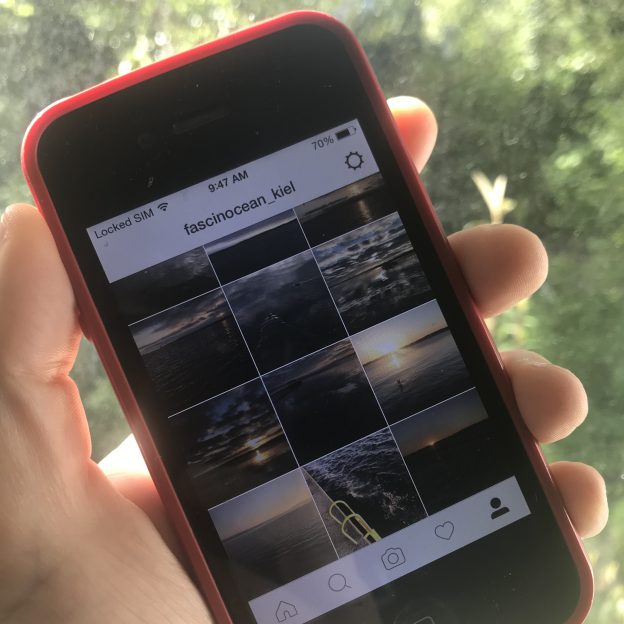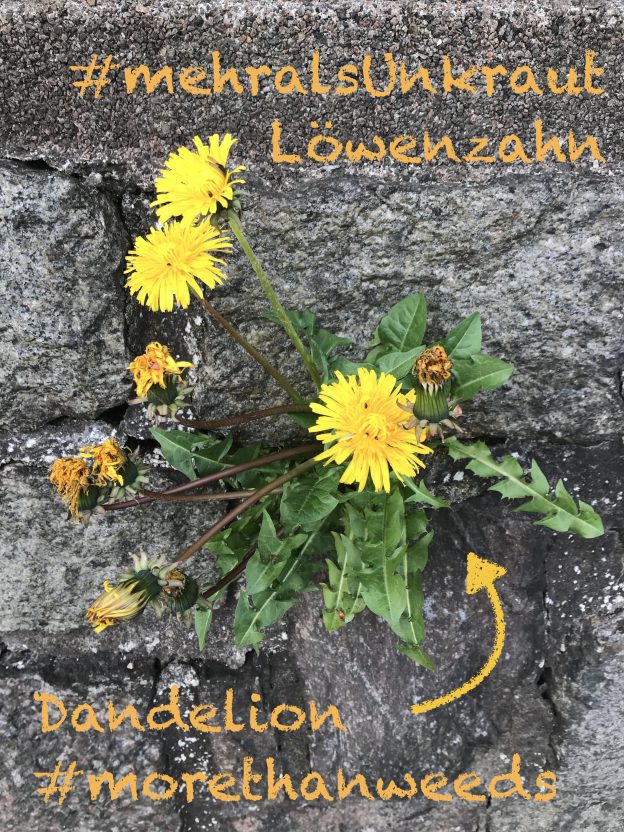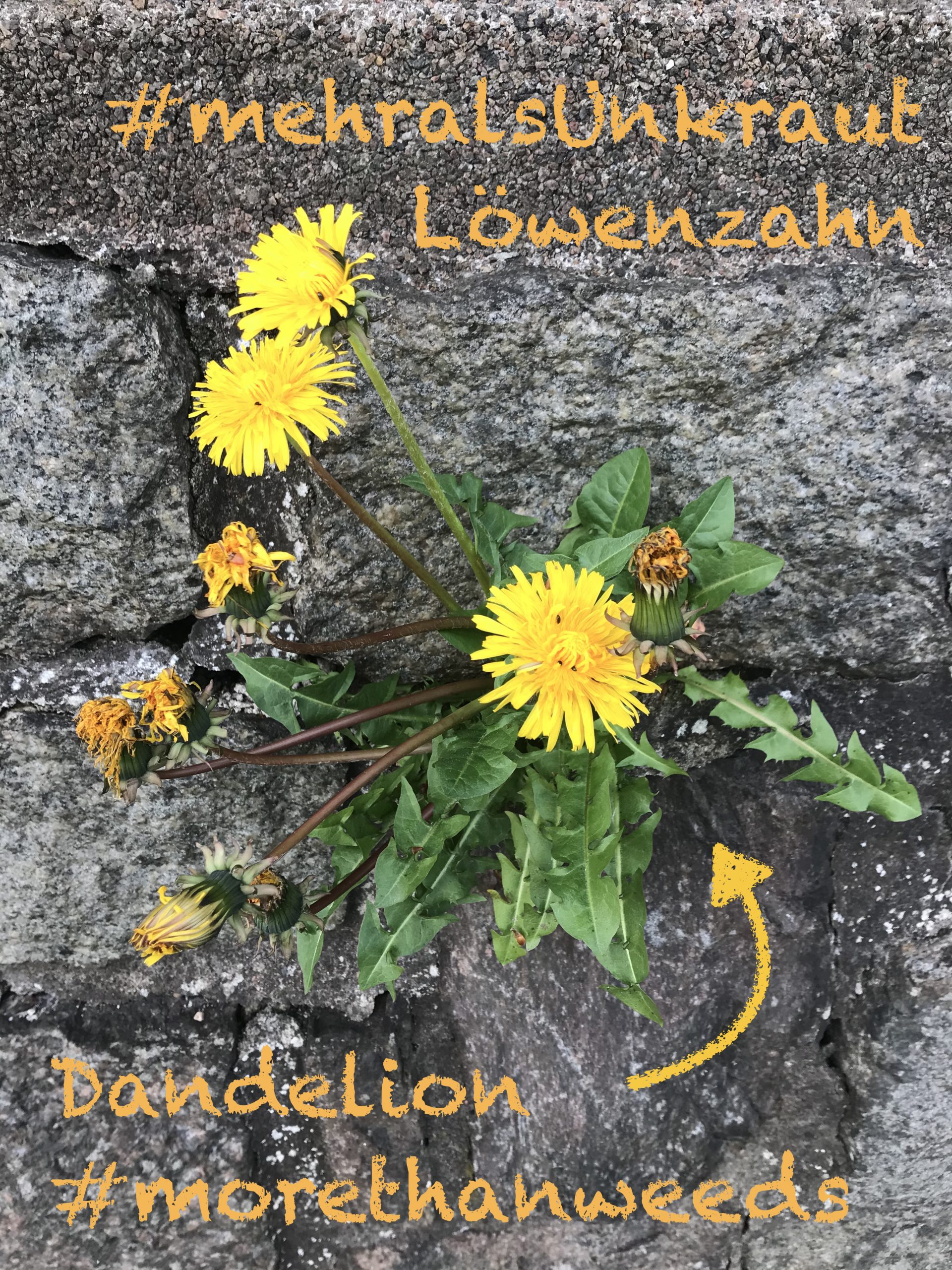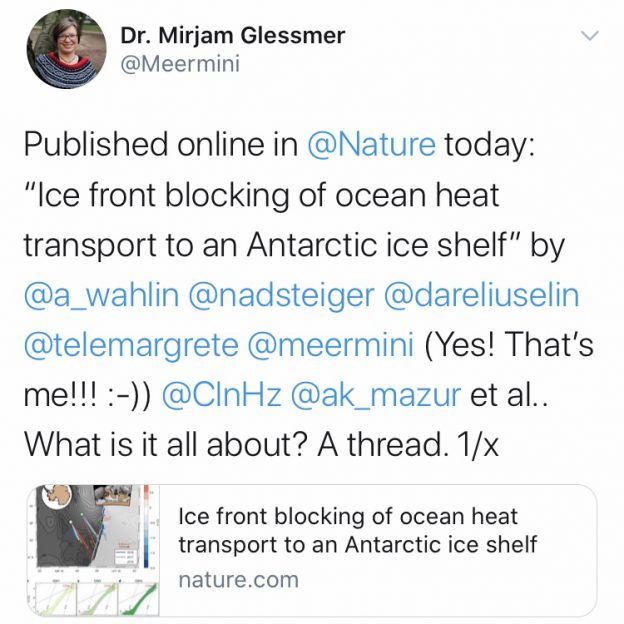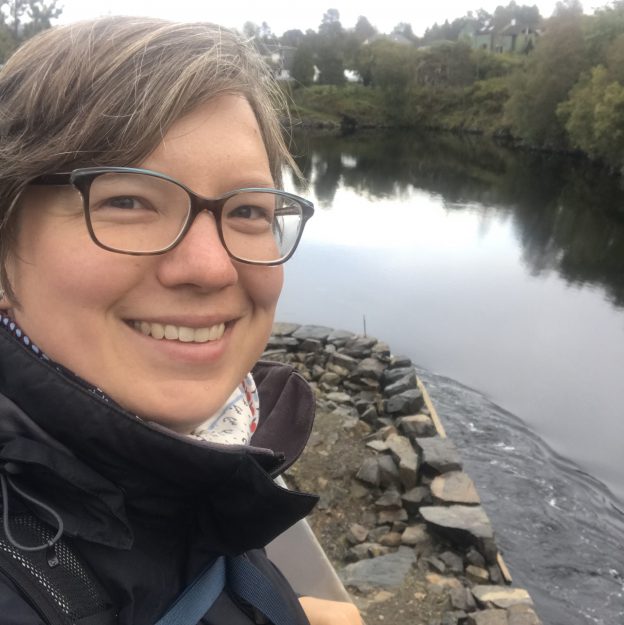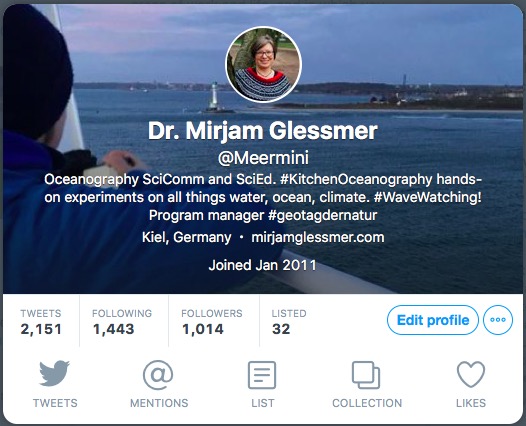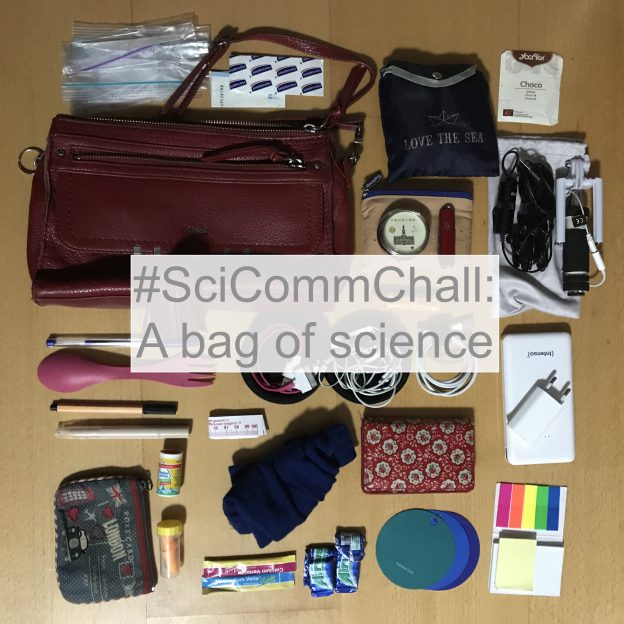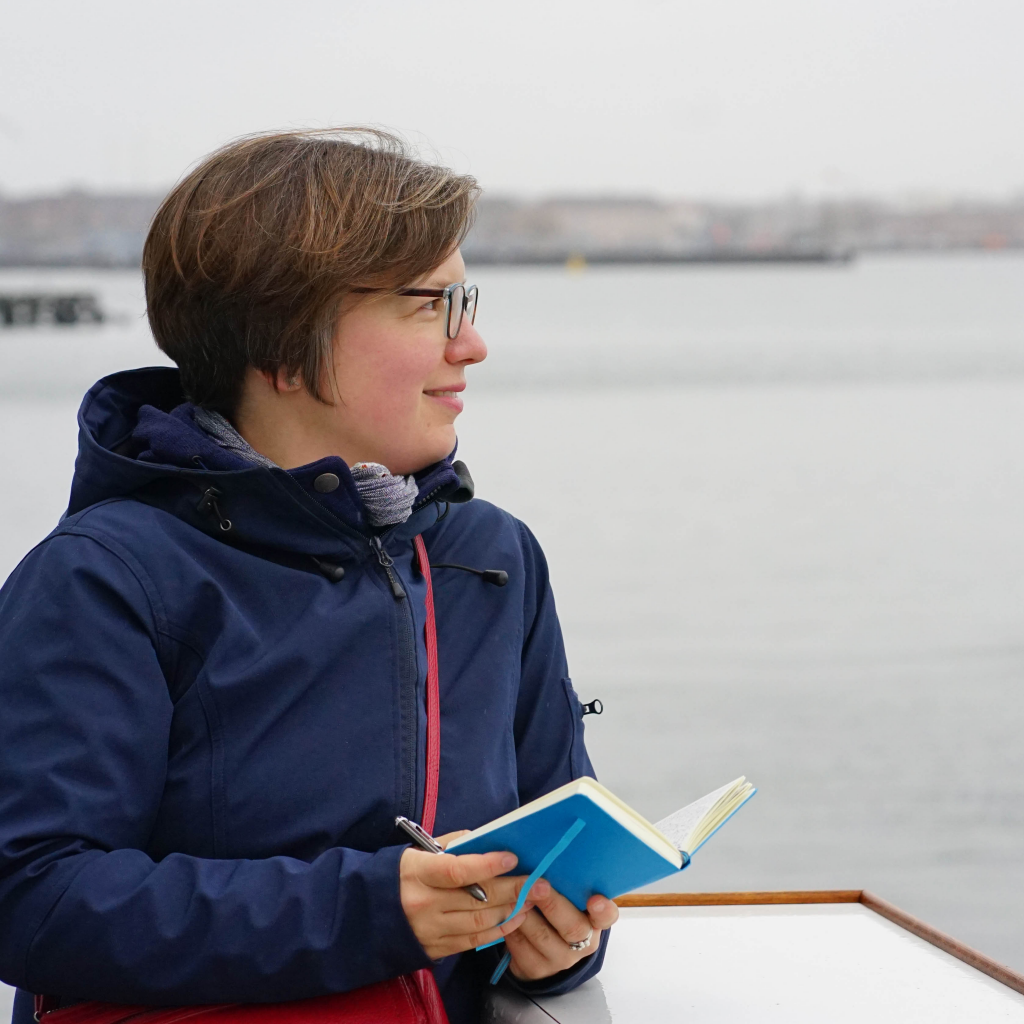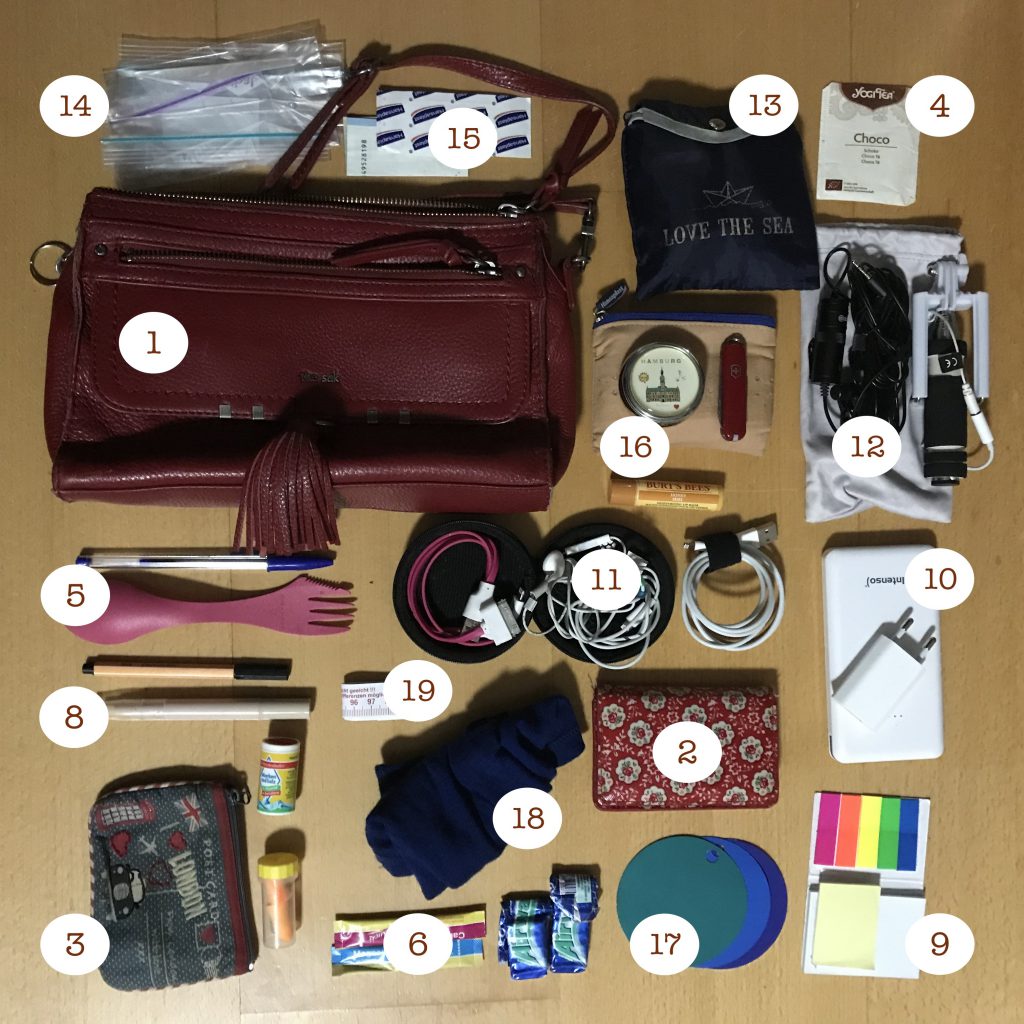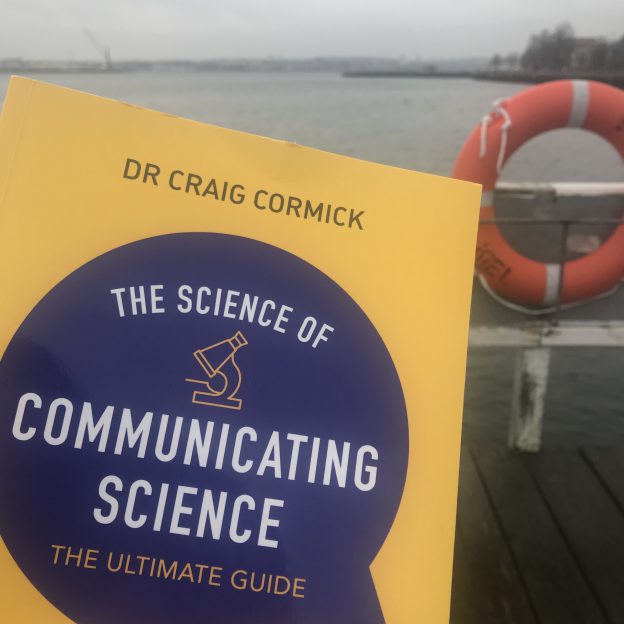In case you’ve been wondering why I’ve been tweeting so much about our recent Nature article: Yes, I am really this proud and need to tell the whole world about it! :-)
Of course there are more other good reasons to discuss articles on Twitter, to do it yourself, and to publish in journals that also tweet about articles.
But let’s start with a disclaimer: Even though it’s the measure most commonly used to capture the impact of an article, and the one that is used below, too, citations of course don’t actually tell us anything about the quality of an article, nor about its importance for bringing the field forward. And none of the articles referred to below look at mechanisms — correlation doesn’t imply causation! With that out of the way, let’s look at the impact of tweeting about an article on that article’s citations.
More tweets about an article mean more citations
In their 2016 article, Peoples et al. looked at Twitter and how it relates to citation rates in ecological research. Of course, the strongest predictor of the number of times an article is cited is time after publication: the older the article, the more time it has had to accumulate citations. However, Peoples et al. (2016) found a strong relationship between the number of unique tweets, i.e. Twitter activity, about an article and the number of citations that article received. It’s thus beneficial for authors to tweet about articles — it brings the article to a larger audience’s attention, and knowing of an article is the requirement for it being read and potentially cited.
Peoples et al. (2016) also found that how much twitter activity an article received was not related to the journal’s impact factor. Articles in journals with lower impact factors can be just as heavily tweeted, and cited, as articles in higher impact factor journals. And in fact, they found that twitter activity related to an article was a better predictor of how much articles were going to be cited than 5-year journal impact factor of the journal they were published in!
If you don’t tweet about an article, nobody will
Actually, that’s completely overstating what the literature says. But it brings across a point I’m always trying to make: It’s in your own hands to promote yourself and your science.
In their 2016 study, Ortega found that articles authored by Twitter users are tweeted about 33% more than articles that were authored by non-Twitter users. Which makes sense to me: Even though I occasionally tweet about articles someone else has published, I tweet about pretty much everything that I publish myself.
Interestingly, once someone — anyone — tweets about an article, citation numbers don’t depend on whether the authors tweeted about it themselves, or whether someone else did for an author that isn’t a Twitter user. But again, if you tweet yourself, it’s in your hands and you don’t have to rely on anyone else to disseminate your research output, making it more likely that it will be seen and cited.
The more you tweet, the more they’ll cite
It’s kinda obvious, but the more you tweet about an article, the more people have a chance to catch that tweet, read the article, and eventually cite it.
As Eysenbach (2011) found: Highly tweeted articles are 11 times more likely to be highly cited than less-tweeted articles. Number of tweets can even be used to predict highly cited articles within the first 3 days of publication of an article.
But: correlation doesn’t imply causation, so we don’t know anything about the mechanism, and they write: “Social media activity either increases citations or reflects the underlying qualities of the article that also predict citations”.
More followers mean more visibility for your paper, thus more citations
This result of the Ortega (2016) seems also fairly obvious: Many tweets citing an article are probably due to the authors promoting a newly published article. So the more followers an author has, the more likely, and the further, the message can be directly multiplied by followers’ retweets.
On the flip side: You yourself are also one of those followers that can multiply someone else’s work. Use your own followers to generate visibility for other people’s articles!
Journals that are on Twitter get tweeted about, and cited, more than those that aren’t
A 2017 study by Ortega investigates the relationship between the presence of academic journals on Twitter and how much articles in those journals get cited. Turns out that journals that have their own Twitter accounts are tweeted about about twice as much as journals without a Twitter account. Also, journals with twitter accounts do get 3 times more citations than those without.
So even if you don’t want to tweet yourself, even just picking a journal that is active on Twitter is helping to make your article more visible to more people. Obviously this shouldn’t be the deciding factor for where to publish…
It even benefits the journal to be on Twitter
In a study on the use of Twitter by radiology journals by Kelly et al. (2016), it was shown that journals with Twitter profiles had a higher impact factor than those without a Twitter profile. There is, of course, the hen and egg problem here. But the study also found that 7 of 11 journals experienced increases in impact factor after joining Twitter, and that a greater number of followers on Twitter correlated with higher journal impact factor.
Btw, if you want to see an example of a journal’s Twitter done really well, check out Frontiers for Young Minds Twitter @FrontYoungMinds!
My 2 cents on tweeting about publications
I hear all the time that people (usually those neither actively nor passively involved with Twitter) feel like tweeting about articles is somehow a repulsive way of selling something that should be recognized for its scientific value alone, not for how much publicity the authors or someone else is generating for it. And while I kinda see the point — I agree that articles should be cited based on their scientific value, not their authors’ Twitter skills — I kinda don’t see it. In this day and age, there is so much research published every single day that it’s not a realistic expectation to be fully aware of everything being published that might be relevant to ones own research and interests. So assuming that not everybody for whom my articles might be relevant will be see it, I feel that it’s a service to the community to help them come across my work, that I of course believe is interesting, relevant, and sound. If I can let people know that I’ve published something that is worth reading, and I can even give them a brief idea what it’s about, either in a tweet or a thread, I am making it easier for people to find what they might have been looking for (or even what they would have been looking for had they known there was something like this out there to look for). And if they are not at all interested, I wonder how much of a different scrolling past my 280 characters will make? Surely not enough for them to cite something irrelevant.
Anyway, my take-away from all the research I’ve summarized above:
- Tweet about your publications, and repeatedly!
- Make your co-authors, your journal, your network tweet about articles!
- But also: Tweet about / retweet other people’s relevant articles to make that information visible to your own network!
Bibliography
Eysenbach G. (2011). Can Tweets Predict Citations? Metrics of Social Impact Based on Twitter and Correlation with Traditional Metrics of Scientific Impact, J Med Internet Res 2011;13(4):e123, DOI: 10.2196/jmir.2012
Kelly, B.S., Redmond, C.E., Nason, G.J., Healy, G.M., Horgan, N.A., Heffernan, E.J. (2016). “The Use of Twitter by Radiology Journals: An Analysis of Twitter Activity and Impact Factor”, Journal of the American College of Radiology, Volume 13, Issue 11, Pages 1391-1396, ISSN 1546-1440,
https://doi.org/10.1016/j.jacr.2016.06.041.
Ortega, J.L. (2016) To be or not to be on Twitter, and its relationship with the tweeting and citation of research papers. Scientometrics 109, 1353–1364. https://doi.org/10.1007/s11192-016-2113-0
Ortega, J. (2017), “The presence of academic journals on Twitter and its relationship with dissemination (tweets) and research impact (citations)”, Aslib Journal of Information Management, Vol. 69 No. 6, pp. 674-687. https://doi.org/10.1108/AJIM-02-2017-0055
Peoples, B. K., Midway, S. R., Sackett, D., Lynch, A., & Cooney, P. B. (2016). Twitter Predicts Citation Rates of Ecological Research. PloS one, 11(11), e0166570. https://doi.org/10.1371/journal.pone.0166570
